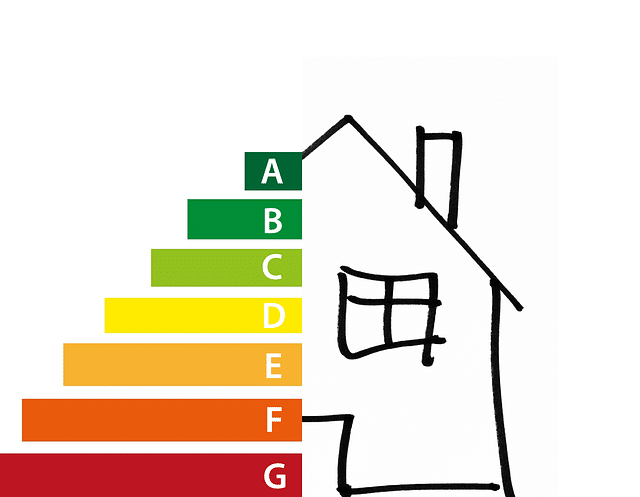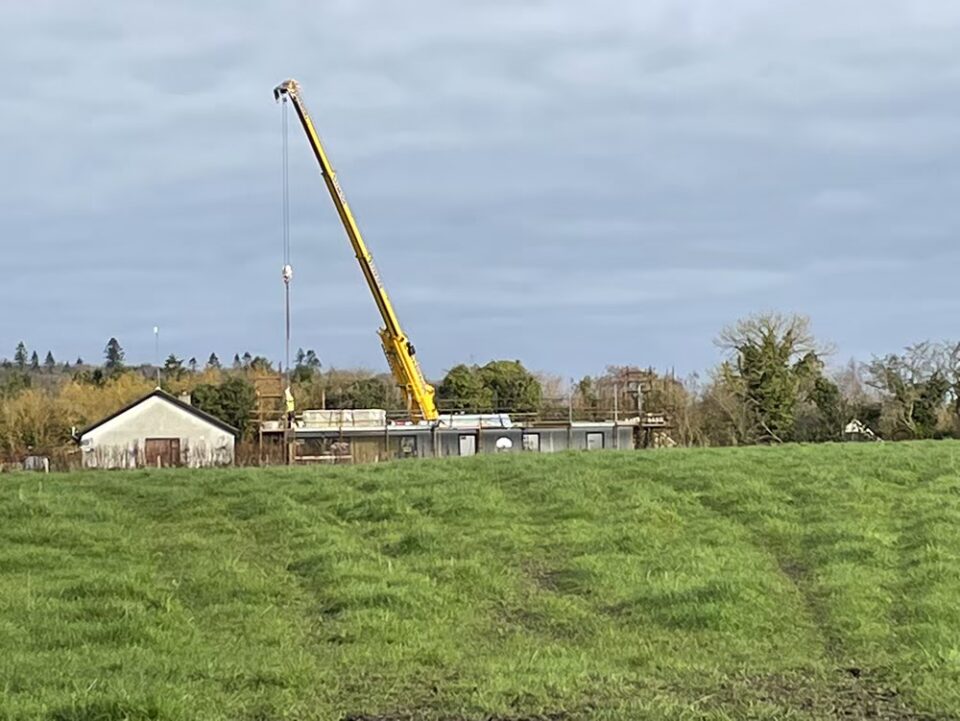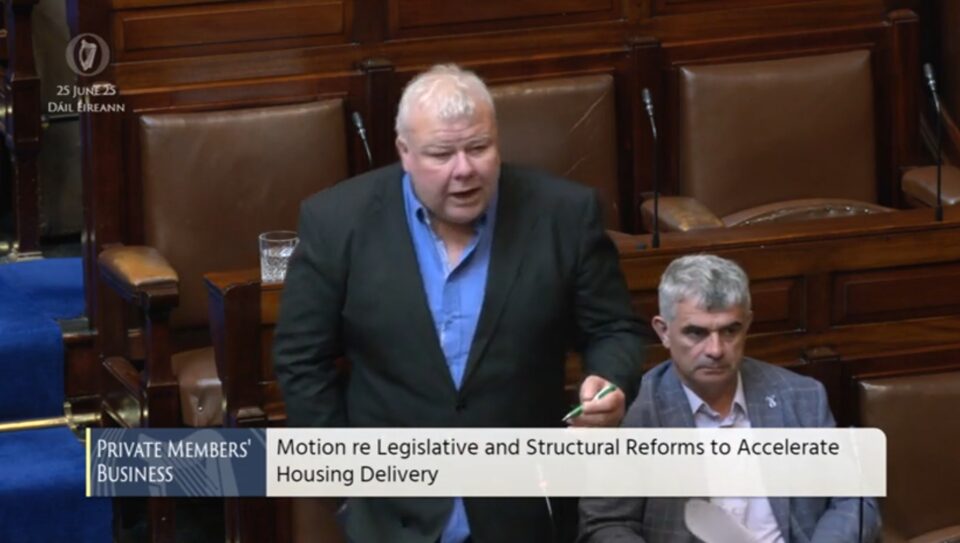In this article we cover:
- Self-build mortgage market share for First Time Buyers and movers
- Which counties are leading the way for self-build mortgages
- Market trend explained: move from city to country
According to a new report, the number of first-time buyer (FTB) mortgages taken out for self-building or purchasing new homes has increased by 4.2 per cent, totalling 8,606 loans – the highest figure since 2008.
Meanwhile, the number of FTB mortgages on existing properties in 2023 rose by 0.3 per cent to 16,985, the most since 2005.
Self-builds: mortgage market share

One significant finding from the report is the increasing number of self-builds among both movers and first-time buyers.
Self-build mortgages now account for more than half of new build mortgages in a quarter of Ireland’s regions: 76 per cent in the south and midwest, 65 per cent in the west and 55 per cent in Galway. Countrywide, including Dublin, the figures is 23 per cent.
Of the new build mortgages, the share of self-builds by region is as follows:
- Dublin: 4 per cent
- Cork: 22 per cent
- Galway: 55 per cent
- Limerick: 47 per cent
- Meath: 22 per cent
- Kildare: 7 per cent
- Wicklow: 8 per cent
- Border: 38 per cent
- West: 65 per cent
- South and Mid West: 76 per cent
- Midlands: 39 per cent
- South East: 37 per cent
City to country trend
However, the report’s main finding is the overall number of FTB mortgage borrowers in ROI buying or building outside their own county.
According to the report, Dublin residents secured more than 40 per cent of all FTB mortgages in Kildare, Wicklow and Meath last year. This share increased even further for new semi-detached or terraced houses, ranging from 55 per cent in Meath to 60 per cent in Kildare.
The ROI study found the proportion of FTBs buying or building homes outside their own counties rose from 19 per cent in 2021 to 24 per cent in 2023.
This shift is most obvious in Leinster, where their share of mortgages has increased by at least 10 percentage points in nine counties. Other key findings include:
- Kildare, Meath, Laois and Wicklow accounted for about 35 per cent of all Help to Buy claims in 2023.
- Dublin borrowers accounted for a tenth of FTB mortgages in 11 other counties in 2023, from Cavan in the north to Wexford in the south.
- Limerick borrowers accounted for 13 per cent of FTB mortgages in Clare, and Kildare borrowers represented 11 per cent of FTB mortgages in Laois.
- Around one in four FTB mortgage holders opted to buy or build outside their home county last year.
Brian Hayes, Chief Executive of BPFI, commented on the findings, highlighting the evolving dynamics in the housing market. “Our latest Mortgage Market Profile shows a marked trend in the movement of home buyers across county borders with almost one in four first-time buyer mortgage borrowers nationally, buying or building outside their own county,” he said.
“This likely reflects increased competition between buyers in the property market and huge demand from first-time buyers, with this cohort looking further afield and becoming more willing to move county to buy their first home.”
“In addition, more than one in five of the workforce in Ireland is now working from home on a regular basis, according to latest Eurostat figures, giving buyers more flexibility on where to choose a home.”
“Given the impact of Help to Buy and the First Home Scheme in incentivising FTBs to buy or build new properties, it’s also notable that Kildare, Meath, Laois and Wicklow accounted for about 35 per cent of Help to Buy claims in 2023.”
“This reflects the importance of these counties in the supply of new housing for purchase with some 31 per cent of new scheme house completions in 2023, according to the Central Statistics Office (CSO).”
Trevor Grant, chairperson of the Association of Mortgage Advisors, also highlighted the significance of cross-county migration, attributing it to changes in work practices and housing affordability pressures.
“Cross-county migration is something that has gained momentum since Covid hit in 2020. A marked shift in work practices for people with the advent of a new era of working-from-home, coupled with the uptick in house prices seen in recent years and the shortage of new homes, have all culminated in a growing cohort of mortgage holders moving out of the cities and into commuter belt counties – and in many cases more rural areas too.”
“The drivers behind this movement are varied – some people are moving out of a desire to live where they’re from originally, or because they want to live beside the sea and so on, while others simply have very little choice because they are priced out of the markets in busier more populated areas.”




















